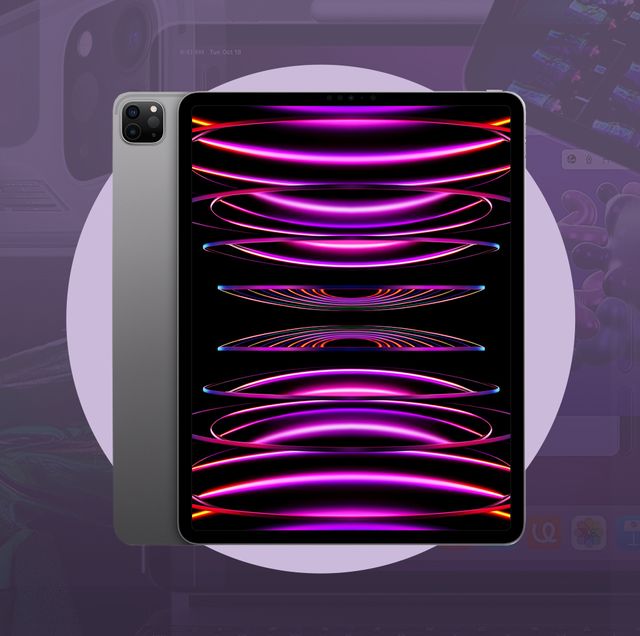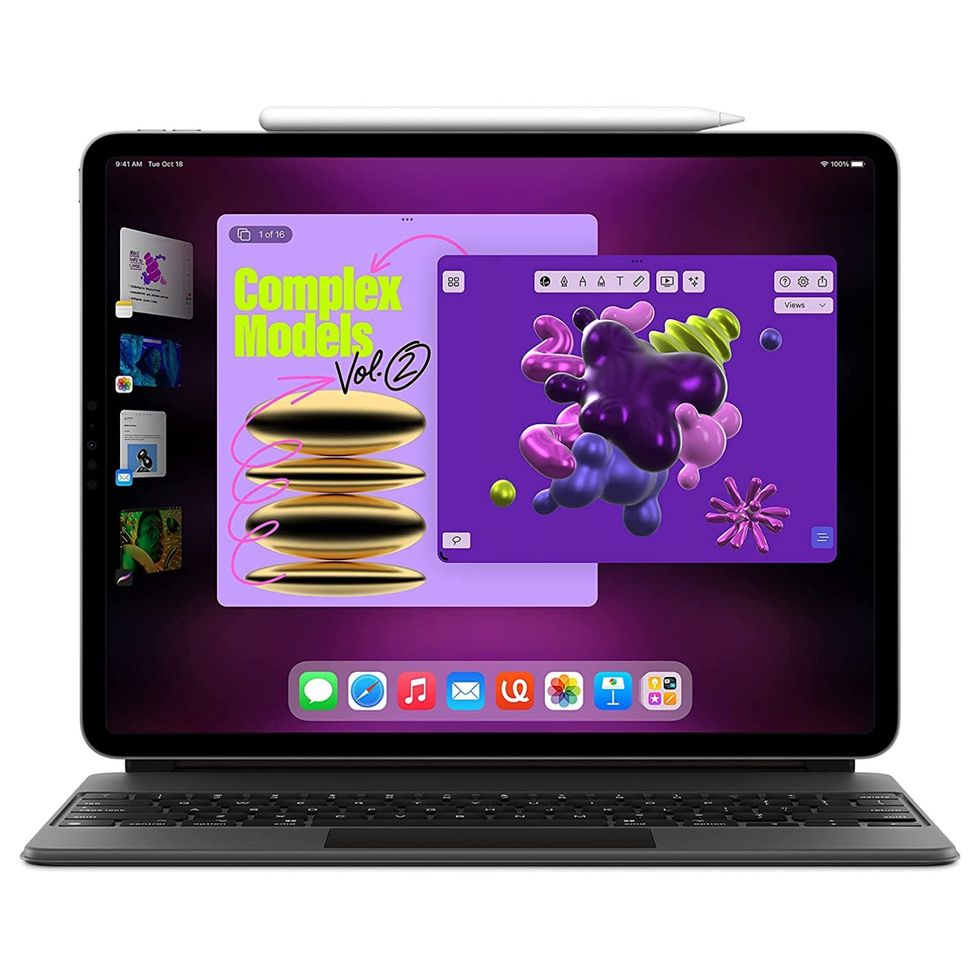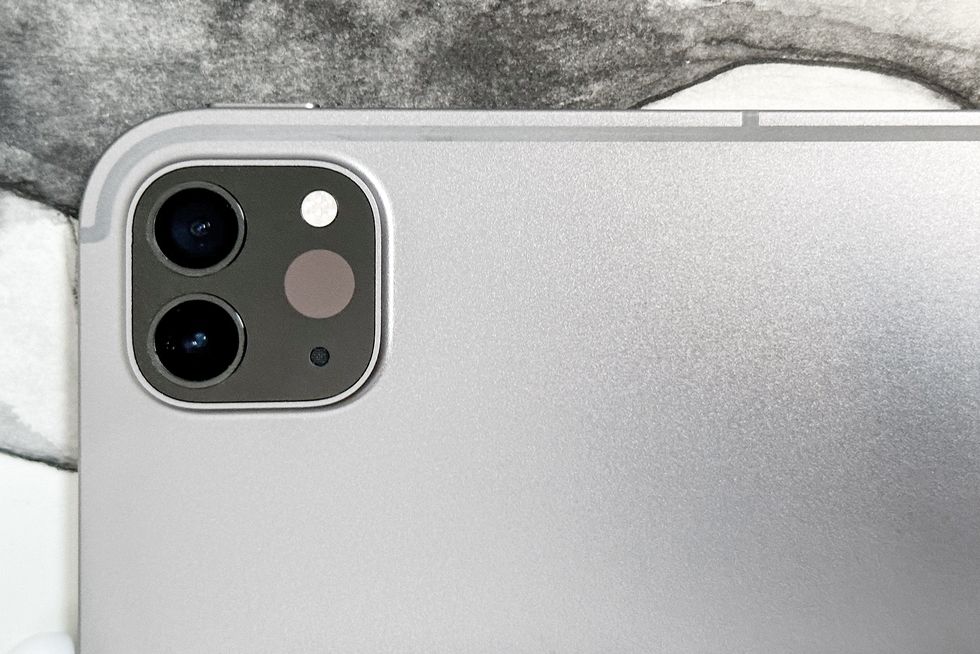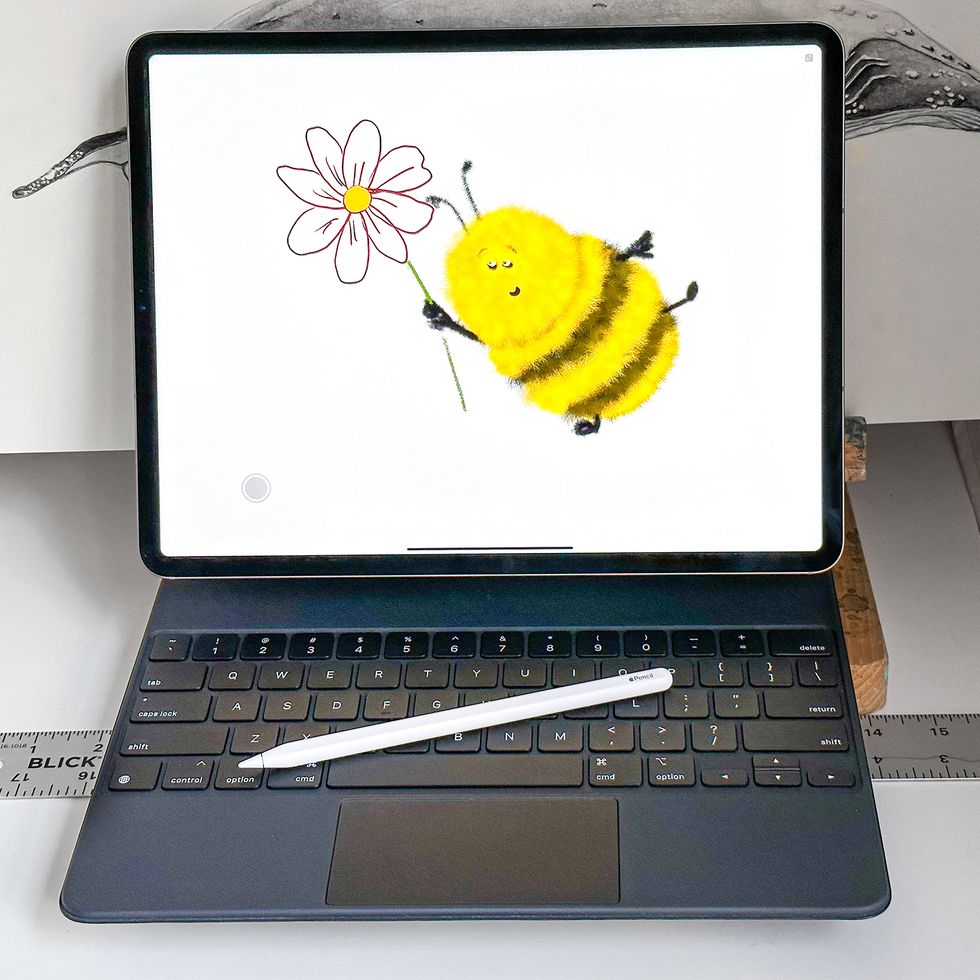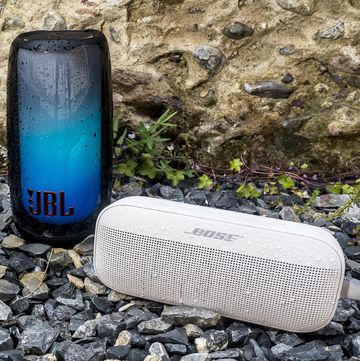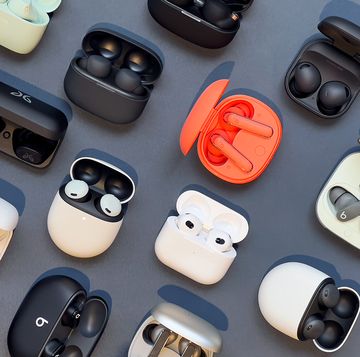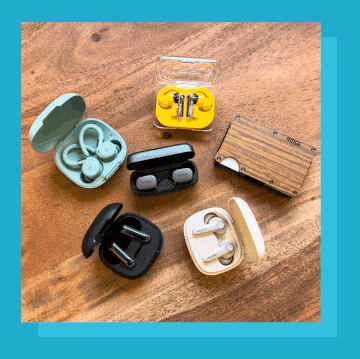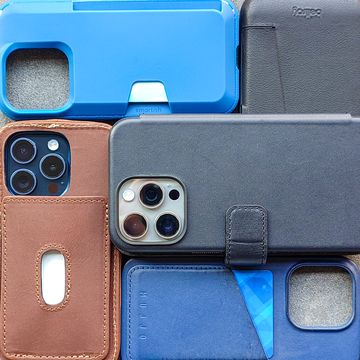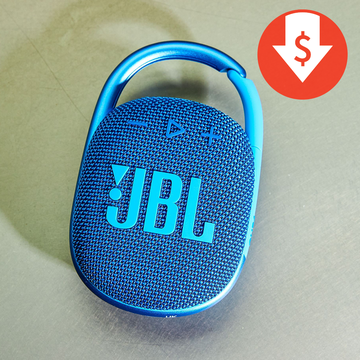Despite many competitors’ attempts at topping it, there’s no debate that the iPad is the best tablet and ultrabook alternative that money can buy, even after more than a decade since Apple first introduced it to the world, forever changing the tech landscape. Apple recently unveiled the latest iPad Pro with a subtle refresh to its previous generation, which featured major design and hardware improvements, including the revolutionary Apple M1 chip and a Liquid Retina XDR display for the 12.9-inch model. With a starting price tag of $799, the new slate is available with an 11-inch or a fancier 12.9-inch screen.
The most significant and exciting upgrade to the iPad Pro sequel is its M2 chip — the same Apple silicon that powers the new MacBook Air and 13-inch MacBook Pro — and delivers superior performance and excellent battery life. Aside from the chip swap that will significantly improve your everyday interactions with the device and a few additional upgrades, the new iPad Pro is no different from the one it replaces. It has the same sleek design, best-in-class display, optional 5G, and multi-camera setup, to name a few bits
I spent weeks with the sixth-generation iPad Pro with a 12.9-inch Liquid Retina XDR display. Its upgrades make it an excellent sequel that takes the legendary “Pro” moniker to another level, even though they're visually subtle changes that are easy to miss at first glance. Here’s why:
All About the M2 Chip
The Apple M2 chip is a follow-up to the M1 chip, a hardware component that changed my expectations about power and energy efficiency in laptops and tablets since its 2020 debut. Thanks to a new generation of the 5-nanometer process, the M2 packs billions more transistors, which significantly increases processing, graphics, and machine learning capabilities — 15, 35, and 40%, respectively — without impacting its energy efficiency. Translation? The Apple devices that have it can conquer more demanding tasks and workflows yet still deliver excellent battery life.
Compared to the M1-powered iPad Pro, the new version delivers superior performance during demanding tasks like editing large images and 4K video. Throughout my testing, I used it to alter 48MP RAW photos from an iPhone 14 Pro Max in Affinity Photo, and the responses it delivered to my inputs were instantaneous.
The iPad Pro has been a capable video recording device since 2020 when Apple made the dual rear camera standard on its range-topping tablet. The M2 chip lets the latest generation capture clips in ProRes format via third-party camera apps, and the ability to capture and edit content locally on the iPad Pro is remarkable.
When it comes to everyday interactions, the iPad Pro unsurprisingly delivers a fast and fluid experience. I used the slate as a workstation instead of a traditional laptop without sacrificing even a sliver of productivity — opening and switching between a double-digit number of active apps happened instantly. The big-screen device also easily made it through workdays between charges.
Other Noteworthy Upgrades
Apple treated the M2 iPad Pro to Wi-Fi 6E and Bluetooth 5.3 wireless connectivity, making it more futureproof than the M1 version. The former will allow the device to utilize multi-gig Wi-Fi networks. On the other hand, Bluetooth 5.3 guarantees strong links with the latest wireless earbuds, headphones, and speakers, including the second-generation AirPods Pro.
The 12.9-inch M1 iPad Pro had the best display panel in the business, offering deep contrast, vibrant colors, and maximum brightness rivals couldn’t match. The sixth generation of the big-screen Pro has the same panel, so it’s again in a league of its own in terms of quality and brightness.
Apple Pencil hover is a new exciting touchscreen feature of the iPad Pro brought by the M2 chip. It allows you to see the exact spot where the accessory will interact with the display, making interactions more precise than ever.
About iPadOS
Apple iPadOS 16 — the latest version of the iPad-only platform — strengthens the case for picking an iPad Pro over an ultrabook. It is brimming with features to take full advantage of the device’s hardware. Plus, the App Store is full of big screen-ready apps and games.
In particular, Center Stage helped me easily toggle between several active apps while using the iPad Pro with an external monitor at the office. Setting it up was as easy as connecting it to the device’s USB-C port, then pairing a wireless keyboard and mouse.
Wrap-Up
Like the 13-inch MacBook Pro with the same chip, the M2-powered iPad Pro is subtly but convincingly better than its predecessor. This is the most powerful, most versatile, most “Pro” iPad I have experienced yet — and it's worth its considerable price tag.
The captivating Liquid Retina XDR touchscreen with mini-LED backlighting of the 12.9-inch iPad Pro should make entry-level MacBook shoppers seriously consider it before upgrading. The iPad Pro’s display is brighter, more vibrant, and more fluid than the screen of any MacBook, except for the 14- and 16-inch Pro models.
There's no doubt that this is the iPad to get unless you already have an iPad Pro with an M1 chip. However, switching from the M1 to the M2 version is well worth the investment if video editing and other GPU-intensive tasks are part of your daily workflow.
Dropping $799 will get you an 11-inch iPad Pro with 128GB of storage, while the 12.9-inch Pro with the same amount of memory costs $300 extra. The 11-inch iPad Pro has a Liquid Retina IPS display that’s not as fancy as the bigger 12.9-inch unit. Its smaller size and lower price make it a lighter laptop alternative that doesn’t skimp on power. It's also important to note that versions with 5G cellular connectivity will cost you $200 more than Wi-Fi-only models.
When it comes to additional accessories, I recommend spending extra on the Apple Pencil and the Magic Keyboard. And there are plenty of Magic Keyboard alternatives in case you don’t want to spend big to up your productivity levels. As expected from an Apple product, the iPad Pro also has a great selection of cases and covers for customizing and protecting it.
